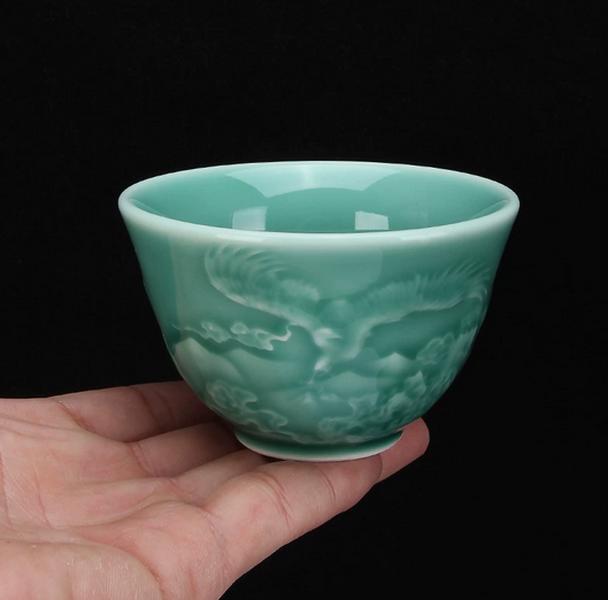
Teaware Materials: How Do Different Materials Affect Your Tea Drinking Experience?
In China's long-standing tea culture, tea leaves are undoubtedly important, but the teaware itself is the foundation of tea. A suitable tea set can maximize the aroma and flavor of tea. Different teaware materials not only vary in appearance but also affect water temperature retention, aroma release, and flavor. Today, we'll discuss several common teaware materials, their characteristics, and the types of tea they're suitable for.
1. Porcelain tea sets – elegant and versatile
The most classic porcelain is Jingdezhen blue-and-white porcelain, which is as white as jade. Its characteristic is that it does not absorb fragrance or detract from the flavor , and can truly reflect the aroma and flavor of the tea.
Suitable tea types : green tea, white tea, yellow tea and other elegant teas
Advantages : various shapes, good air permeability, excellent soup color effect
Conclusion : If you want to savor the purest flavor of tea, porcelain is the first choice.

2. Zisha Teapot – A Tea Lover’s Favourite
Yixing purple clay teapots hold an irreplaceable place in the hearts of tea lovers. The double-pore structure of the material allows for both ventilation and heat retention, and it also develops a unique "patina" with use.
Suitable tea types : Oolong tea, Pu'er tea, black tea and other strong teas
Advantages : Good temperature-locking effect, can highlight the thickness and sweetness of tea soup
Conclusion : It is suitable for senior tea lovers to maintain their teapots for a long time. One pot and one tea, the more you brew, the more fragrant it becomes.

3. Glass – pleasing to the eye
The biggest advantage of transparent glass cups is that they can directly show the expansion of tea leaves and the color of tea soup. They are commonly used in offices or daily homes.
Suitable tea types : green tea (Longjing, Biluochun), scented tea
Advantages : easy to clean and highly ornamental
Conclusion : Suitable for beginners or office workers, easy to brew, and you can enjoy the tea and the scenery at the same time.

4. Iron and silver kettles – high-end choices
In ancient times, metal kettles were mostly found among the nobility. Today, iron and silver kettles are more common. Iron kettles soften water, while silver kettles have a sterilizing effect, and are therefore known as "precious metal tea utensils."
Suitable tea types : Pu'er old tea, black tea and other teas that require high temperature brewing
Advantages : durable, fast heating, strong heat preservation
Conclusion : Iron kettles and silver kettles show taste, but they are more expensive and are more suitable for collection by advanced tea drinkers.

5. Wooden and bamboo tea sets – natural beauty
Although wooden and bamboo tea trays, tea spoons, tea clips, etc. cannot be used to make tea directly, they are indispensable decorations on the tea table.
Function : To enhance the atmosphere and create a natural and elegant tea-drinking environment
Advantages : Lightweight and practical, full of natural charm
Conclusion : Auxiliary tea utensils add a touch of oriental artistic conception to the tea ceremony.

Summarize
Tea sets made of different materials are like the "confidants" of tea.
Want to highlight the fragrance? Choose porcelain.
Want a richer tea? Use purple clay teapot.
Want to admire the leaves and their colors? Glass is best.
Want to go high-end? Iron kettles and silver kettles are essential.
Tea and utensils complement each other. Only by finding the combination that suits you can you truly savor a good cup of tea.
